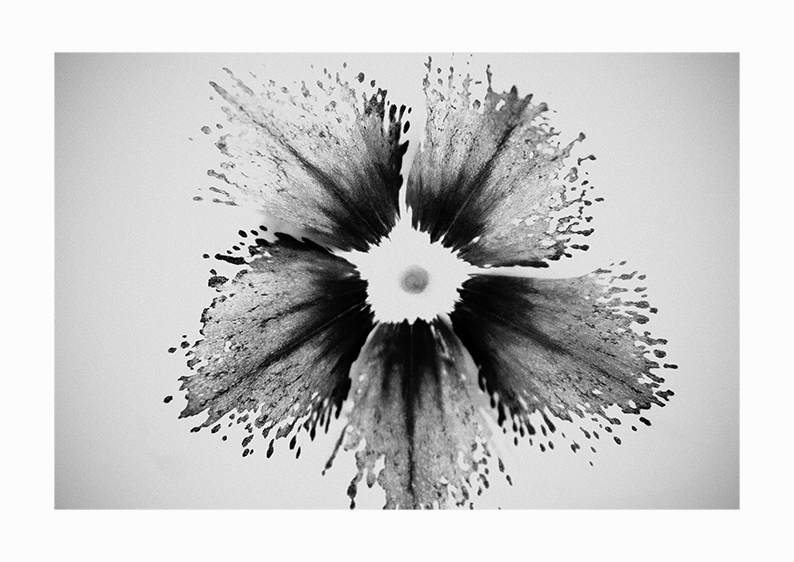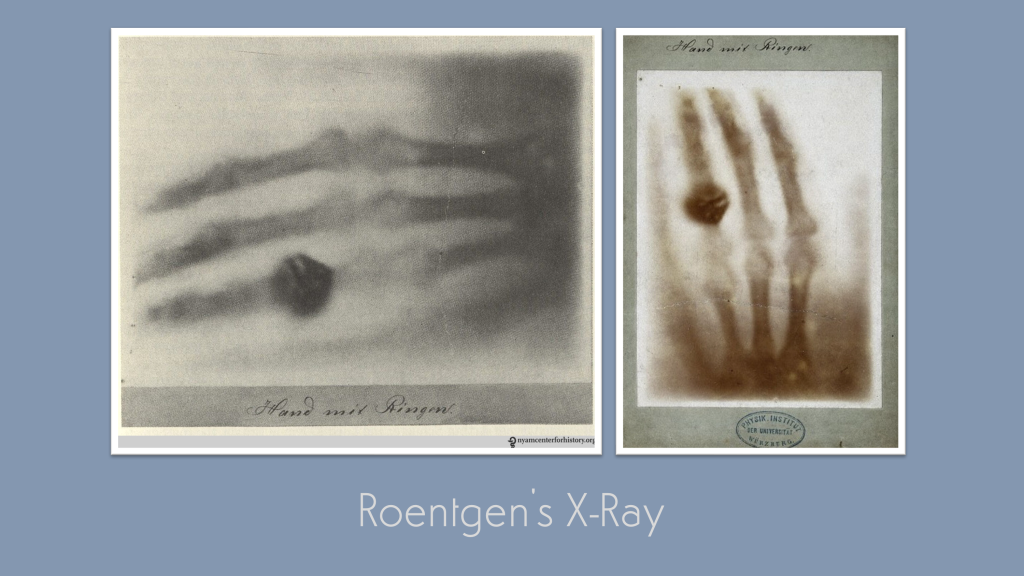
It was all the way back in November I last caught up with Red’s Kingdom’s artist-in-residence – filmmaker, animator and digital artist, Tom Beg. Since that time, I can assure you Tom hasn’t been twiddling his thumbs. On the contrary, he has been hard at working bringing the illusion of life to the first group of his otherworldly critters, so it’s time for a bit more show and tell.
Phil: How are you, Tom? And life in Japan? What are the headlines?
Tom: Nothing too exciting for me personally but it is coming up to my fifth anniversary of living here, so that’s something. Also, Japan’s educational year actually ends in March, and starts again in April, so in February most students who are planning to go to high school or university are going through what is known as juken jigoku or “exam hell” if translated to English. This means soon it will be spring and graduation ceremonies (socially distanced ones, of course), with cherry blossom flavoured Kit Kats, and cherry blossom flavoured everything available in abundance.
Phil: I’ve been very excited to see your most recent updates, including a sneak peek at the project’s branding. To kick things off, tell us something about your creative decision-making in regards to your animation’s title.
Tom: The animation’s title is Tabula 5465. Basically, it is inspired by the naming conventions of exoplanets. Tabula is the Roman word for a slate or tablet, on which things are written, while 5465 is a reference to the physical dimensions of Joan Miro’s painting Women and Birds at Sunrise, the painting from which the designs and ideas for the creatures in my animation derive. The logo represents the orbits of eight different planets, each representing the different creatures in my animation. The font was inspired by the one used for the titles in The Undersea World of Jacques Cousteau.
Phil: I’ve been watching your animation updates appear on your Vimeo channel, and enjoying how you’re bringing more life to your creatures with every iteration. What’s guiding your decision-making in terms of your animation strategy?
Tom: Just making sure everything feels alive and behaving as if it belongs in this world. For this sequence, firstly I thought about how the creatures would behave if they were simply idling about and not doing much at all. From there, it was thinking about how they might potentially go from this idling-around behaviour to different states of movement.




Phil: We’ve talked previously about the challenges of directing a film that is driven, not by story, but by the behaviours of your characters. What is your current thinking about how the film hangs together as a whole?
Tom: I think it’s going to be more in the style of a documentary or educational film. Rather than have the creatures perform for the camera, I’m animating as if they are being filmed in a natural state. I imagine when filming nature in real life, there is probably a certain joy in just watching things happen without any interference, even if it’s totally mundane behaviour. That’s what I’m aiming to capture. It’s not really a story with a three-act structure, but the story of these creatures and how they behave in their own world, and as a group.
Phil: What are some of the frustrations in regard to the animation process?
Tom: The physic simulations require a lot of calculation that can’t be done in real-time, so if I want to move something, I can’t get accurate feedback instantly. I have to do something called a playblast, which is a way of watching the animation play back at the correct speed. The videos you’re seeing in this post are playblasts. They aren’t full renders, but they play the animation accurately at a lower visual quality for preview purposes. Then there is dealing with models passing through each other because they aren’t actually solid things. I’m constantly having to adjust timing and position. It’s like cutting off the head of a hydra – you fix one and then another one appears!
Phil: And what’s delighted and surprised you?
Tom: I snuck out a few low-resolution renders with the lighting and materials applied, and it is looking quite nice. Unfortunately, you’ll have to wait a while longer to see those….
Phil: Out of curiosity, are you able to add up all the different individual tasks and processes you’ve had to go through to get to the latest stage – and how many processes come after this point to produce a final sequence?
Tom: So far there’s been: design, modelling, rigging, texturing, lighting, going back and fixing the modelling, fixing the rigging, animating, fixing animation, fixing animation and fixing animation. After fixing more animation, I will need to cache the animation and set up the various render passes that will give me the information I need to get depth of field, motion blur etc. After that, rendering the actual animation and compositing the various layers into a final sequence with all the effects applied that give it the final polished look.





Phil: And finally, what’s up next?
Tom: The three-armed pink tentacle creatures probably. I will animate the creatures in the order I made them, although they won’t necessarily appear in the animation in this order.





Leave a comment